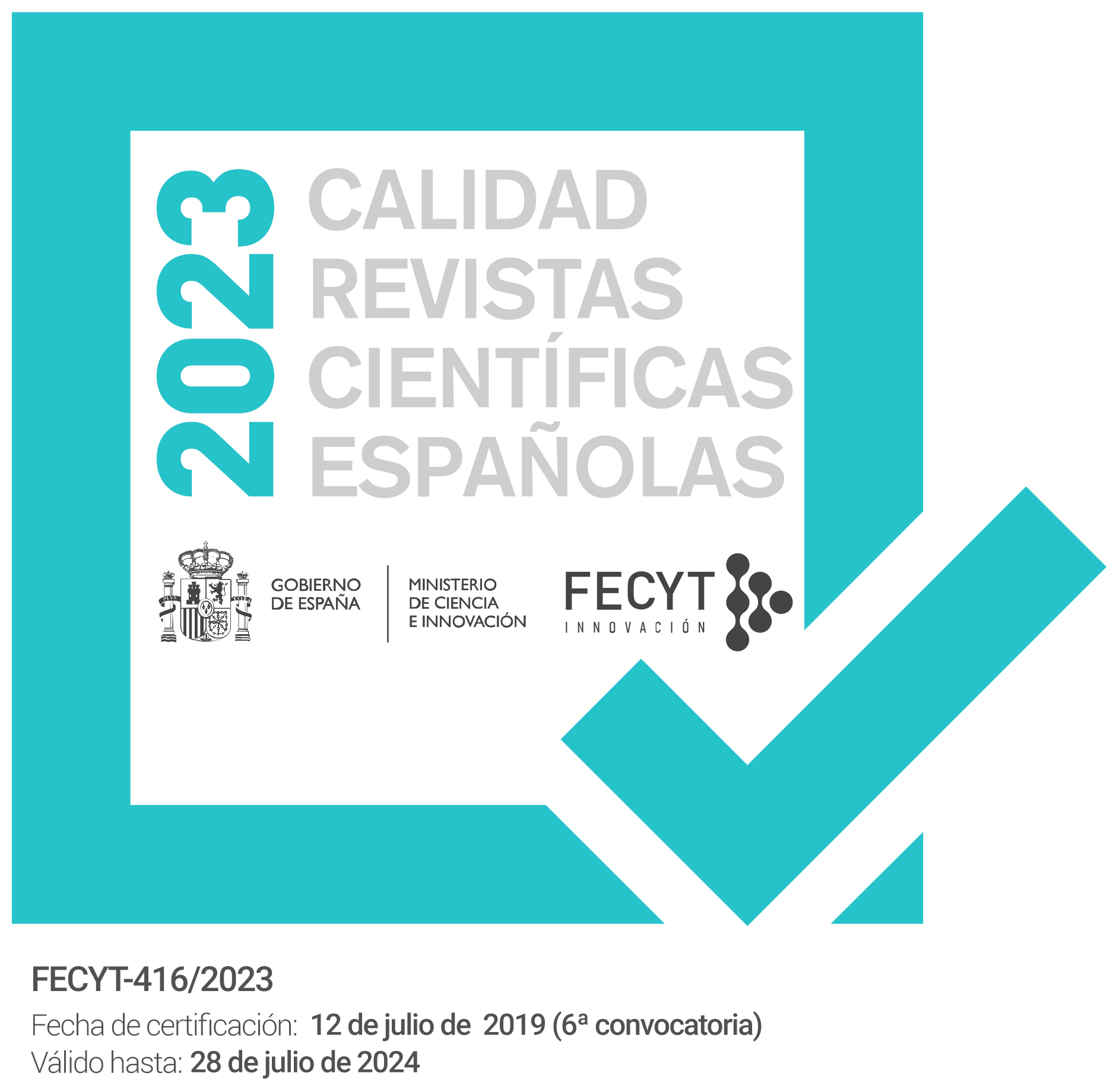Espacio y práctica cultual de los misterios mitraicos
Keywords:
mitraísmo, religiones mistéricas, cultos orientales, mitreo, banquete sagrado, liturgia, iniciación, comunidad, mithraism, mystery religions, oriental cults, mithreum, sacred banquet, liturgy, initiation, communityAbstract
Dentro del contexto religioso en transformación que caracteriza el cambio de Era y los primeros siglos del Imperio Romano, los cultos mistéricos de procedencia oriental constituyeron una oferta fundamental en la satisfacción de las inquietudes personales. Los misterios mitraicos gozaron de una especial aceptación en todas las regiones, y el aumento cuantitativo de sus espacios de culto es un hecho ampliamente confirmado por la arqueología. Pretendemos hacer una aproximación a las características que definieron estos templos mitraicos, para conocer mejor las prácticas cultuales que se desarrollaban en su interior y que diferenciaban la liturgia mitraica de las otras mistéricas.
The religious framework that characterizes the first centuries of the Roman Empire, found in the Mysteric Cults of oriental origin a fundamental offering in the satisfaction of the personal anxieties. The Mithraic Mysteries received a special acceptance around the Empire, and the quantitative increase of their spaces of worship is a fact extensively confirmed by Archaeology. We intend to do an approximation to the characteristics that defined these Mithraic temples, in order to a better knowing of the worship and religious practices that developed inside and that differentiated the Mithraic liturgy from others.
Downloads
Downloads
Published
Versions
- 2025-01-24 (2)
- (1)
Issue
Section
License
Copyright (c) 2025 Israel Campo Méndez

This work is licensed under a Creative Commons Attribution-NonCommercial-NoDerivatives 4.0 International License.
The articles are open access distributed under the terms of the Creative Commons Attribution-NonCommercial-NoDerivatives (CC BY-NC-ND) Spain 4.0 license. Authors who publish in this journal agree with the following terms:
a) Authors retain the copyright and guarantee the journal the right to be the first publication of the work as well as licensed under a Creative Commons Attribution License that allows others to share the work with a recognition of the authorship of the work and the Initial publication in this magazine.
b) Authors may separately establish additional agreements for the non-exclusive distribution of the version of the work published in the journal (for example, place it in an institutional repository or publish it in a book), with recognition of its initial publication in this magazine.
c) Authors are allowed and encouraged to disseminate their work electronically (for example, in institutional repositories or on their own website) before and during the submission process, as it may result in productive exchanges, as well as a earliest and largest citation of published works (See The Effect of Open Access).



